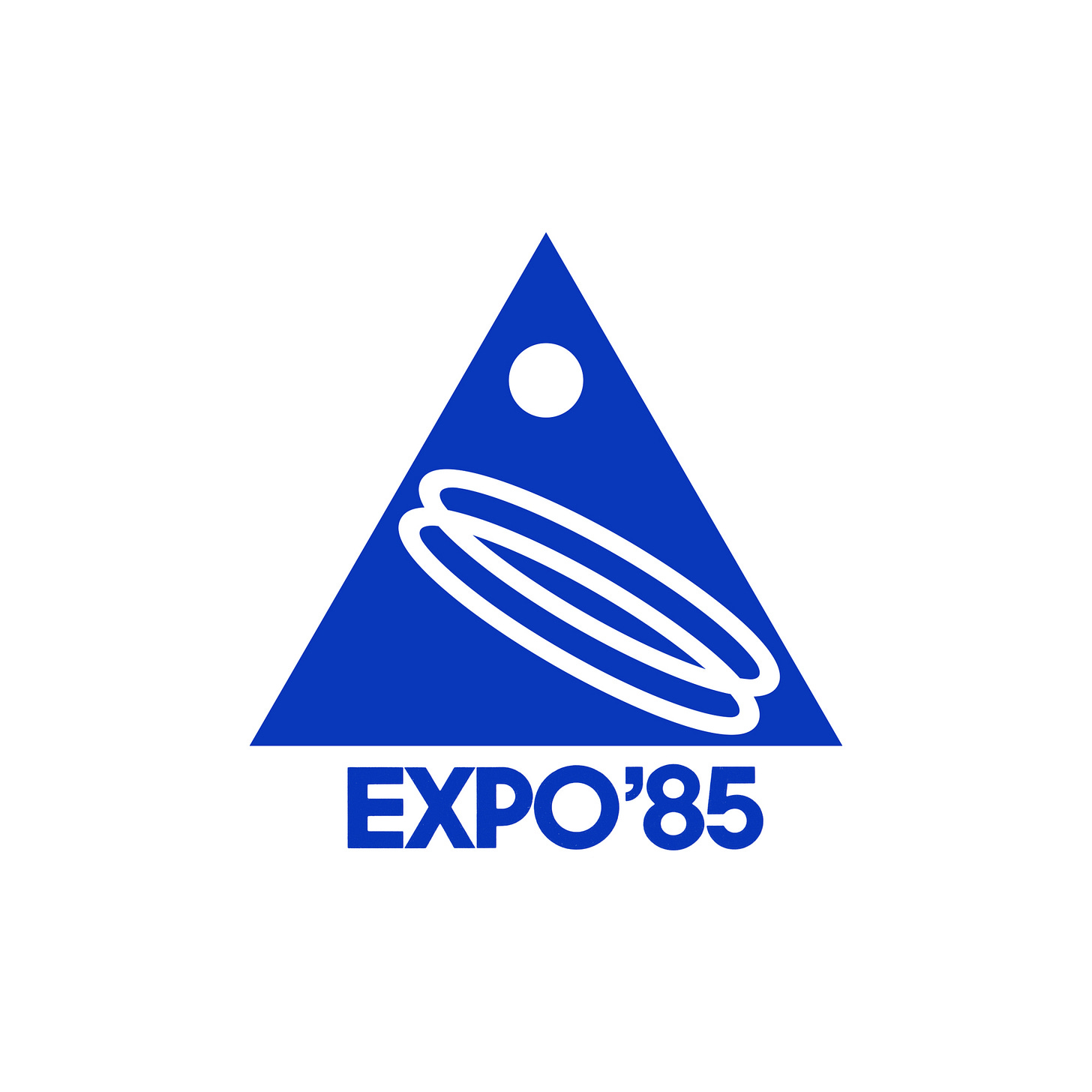The stillness of Tsukuba
Ikko Tanaka's 1981 logo for the International Exhibition, Tsukuba Japan 1985.
This post is supported by LogoArchive – The home of historical logos. Discover over 4600 of history’s greatest designs from the world’s finest designers. Always find the logo inspiration you need for your next project. Start here.
The International Exhibition, Tsukuba Japan 1985 (国際科学技術博覧会, Kokusai Kagaku Gijutsu Hakurankai) shortened to Expo ‘85, was a world's fair held in Tsukuba Science City, north of Tokyo. The event ran from March 17 to September 16, 1985 with international exhibitors exploring the theme of “Dwellings and Surroundings - Science and Technology for Man at Home". Just like Expo '70, the process of procuring ideas and a final symbol came down to a competition and selection committee.
Kotani Shoichi, chairman of the publicity committee for the Expo, asked renowned Japanese designer Yusaku Kamekura (Shell, Fuji Bank) to serve as the chairman of the committee. Seven designers were selected to submit proposals, these included Ikko Tanaka, Takenobu Igarashi (Noritz) and Shigeo Fukuda. Although Kamekura was away at the time and wasn’t able to participate in this selection process, he was pleased by the variety. This variety also extended to the committee, which was made up of only three designers with the rest being a mix of songwriters, editors, actresses, cartoonists, sculptors and ‘people of learning’.



